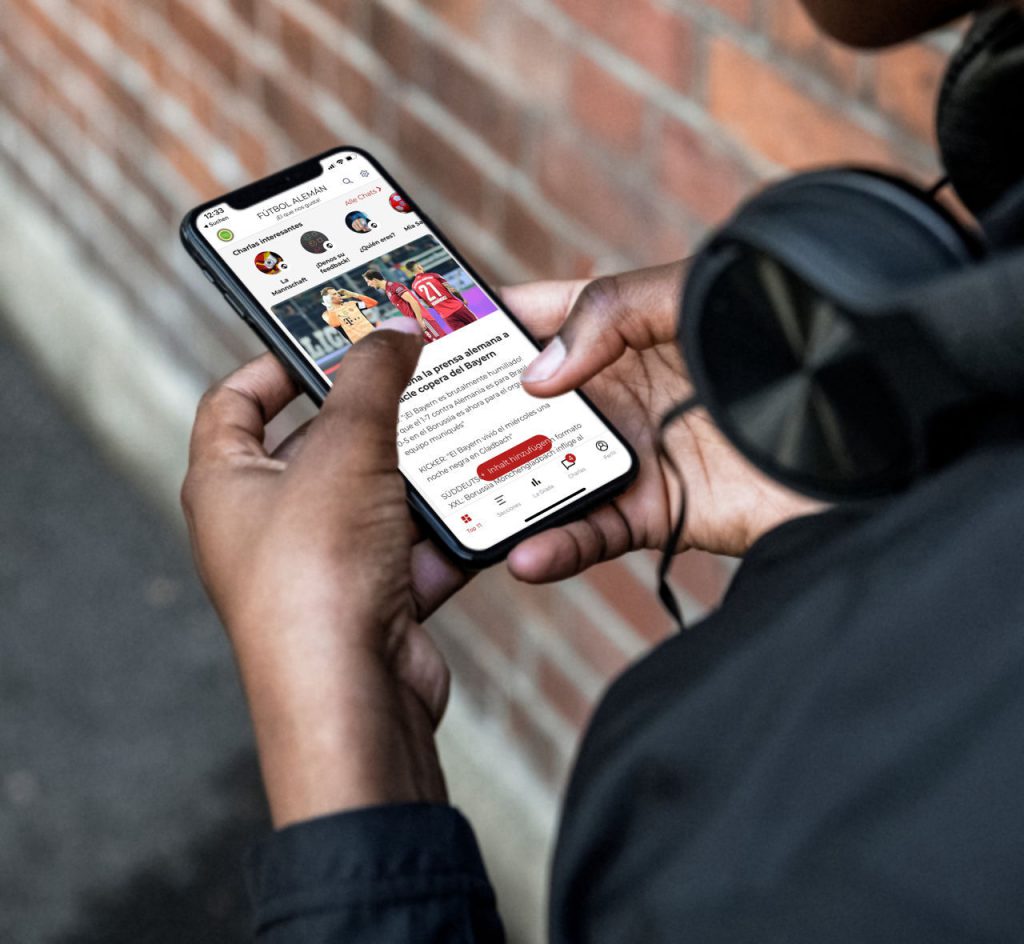
Content curation, in its essence, is the process of gathering, organizing, and presenting information in a meaningful and coherent manner. In the realm of professional publishing, this involves sifting through the vast expanse of information available on the internet and other sources, selecting the most relevant and valuable pieces, and presenting them in a way that offers unique insights or perspectives. tchop sees itself as a content curation platform, that allows anybody to curate and aggregate what matters in a simple, but professional way.
We have been covering the topic repeatedly over the last years (see amongst other here). But with this post we would like to delve deeper into its importance, processes, and implications.
1. Importance of Content Curation
- Meeting Information Overload: In today’s digital age, the challenge isn’t accessing information but navigating through the deluge of it. Content curation helps to declutter the information landscape, providing readers with more concise, relevant, and valuable information.
- Establishing Thought Leadership: For professionals and businesses, curated content can help establish authority in a particular field. By consistently presenting high-quality, relevant information, publishers can position themselves as go-to sources in their domains.
- Enhancing Reader Engagement: Curated content is generally more refined, tailored, and relevant, leading to better engagement rates. It offers readers a more focused experience, freeing them from the need to sift through irrelevant information.
2. The Process of Content Curation
- Discovery: This involves searching for and discovering valuable content from a myriad of sources. Whether through automated tools, social media, or traditional searches, the aim is to identify content that is relevant, credible, and valuable.
- Evaluation and Analysis: Once potential content is identified, it needs to be evaluated. This involves assessing its accuracy, relevance, and value. The curator needs to ask: Does this content add value? Is it accurate? Is it relevant to my audience?
- Presentation: After selection, the content is then presented in a cohesive manner. This could involve compiling multiple sources into a single article, adding commentary, or providing an analysis that ties various pieces of content together.
- Distribution: The final step involves sharing the curated content with the intended audience. Depending on the platform and audience, this could involve your own website, app or other social channels.
3. Implications and Responsibilities
- Ethical Considerations: Content curation comes with ethical responsibilities. Proper attribution to original sources is essential. Additionally, curators should avoid misrepresenting content or taking it out of context.
- Value Addition: Simply aggregating content doesn’t necessarily qualify as curation. True curation adds value through commentary, context, or by weaving multiple sources into a comprehensive narrative.
- Continuous Update: The digital landscape is ever-evolving. Curators need to stay updated with the latest in their domain and adjust their curated content to reflect contemporary insights and changes.
What Content Curation Means to Me
To me, content curation is akin to being a guide in a vast digital museum. The curator doesn’t just show visitors everything on display but rather leads them to the most valuable exhibits, providing insights and context that enhance the overall experience.
In the ever-expanding digital world, where misinformation can easily creep in, content curation acts as a beacon of clarity. It upholds the essence of informed knowledge sharing, ensuring that readers receive information that is not just abundant but also accurate, relevant, and meaningful.
In conclusion, content curation in professional publishing is more than just a trend; it’s a necessary approach to help navigate the overwhelming digital age. It offers a refined lens through which we can view and understand the world, ensuring that the most valuable and relevant information reaches those who seek it.